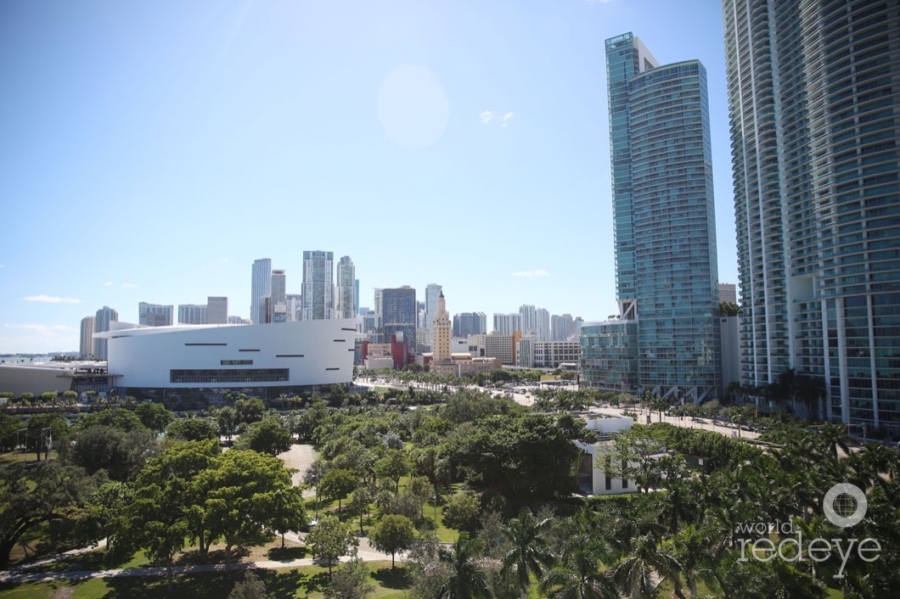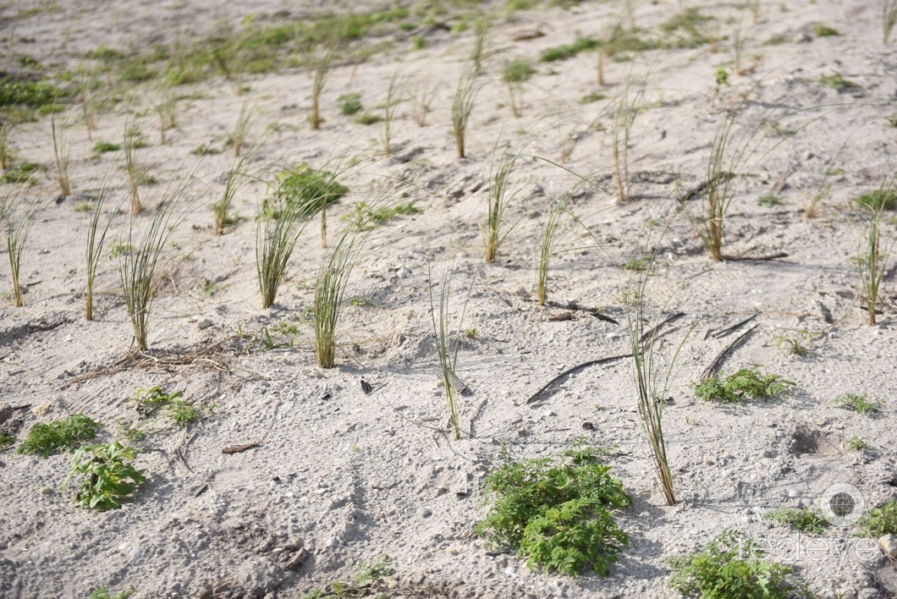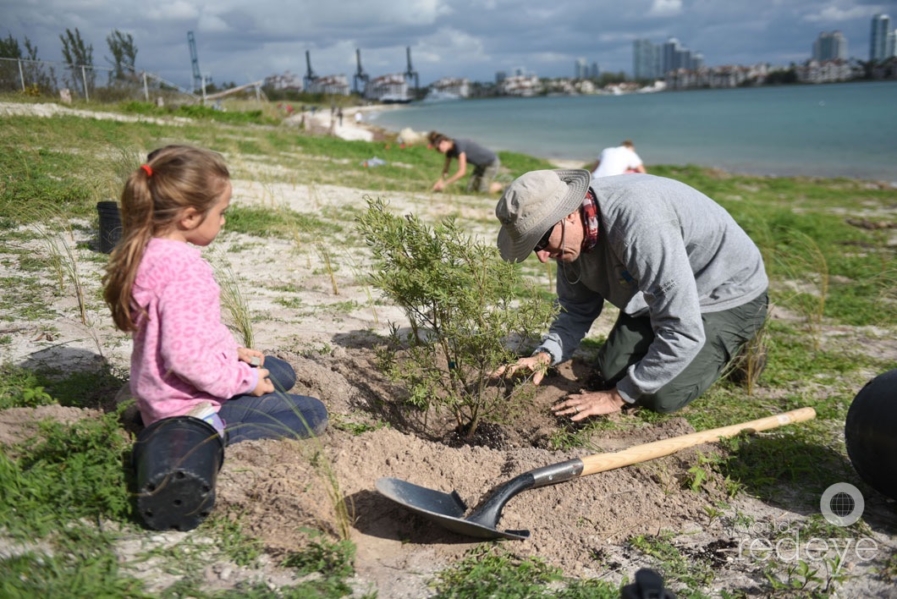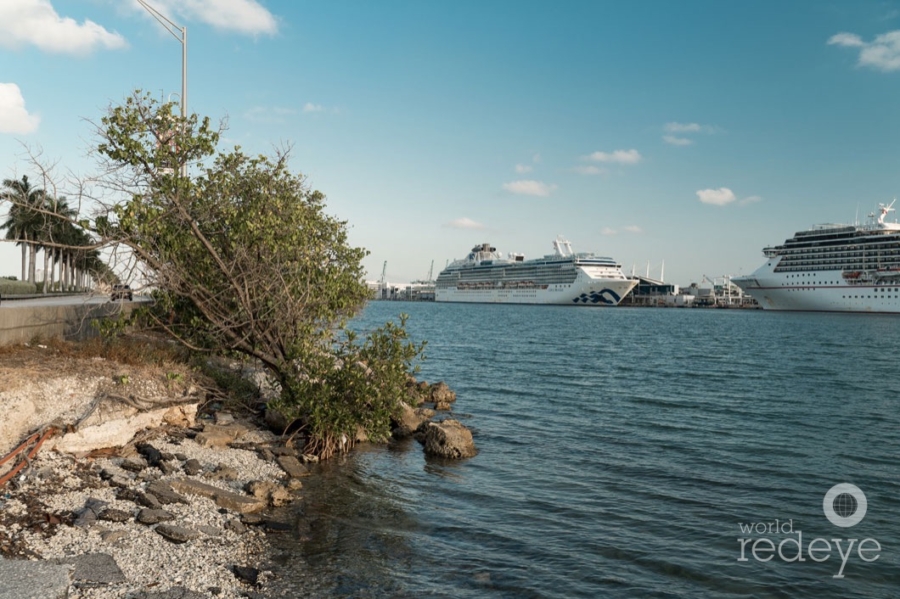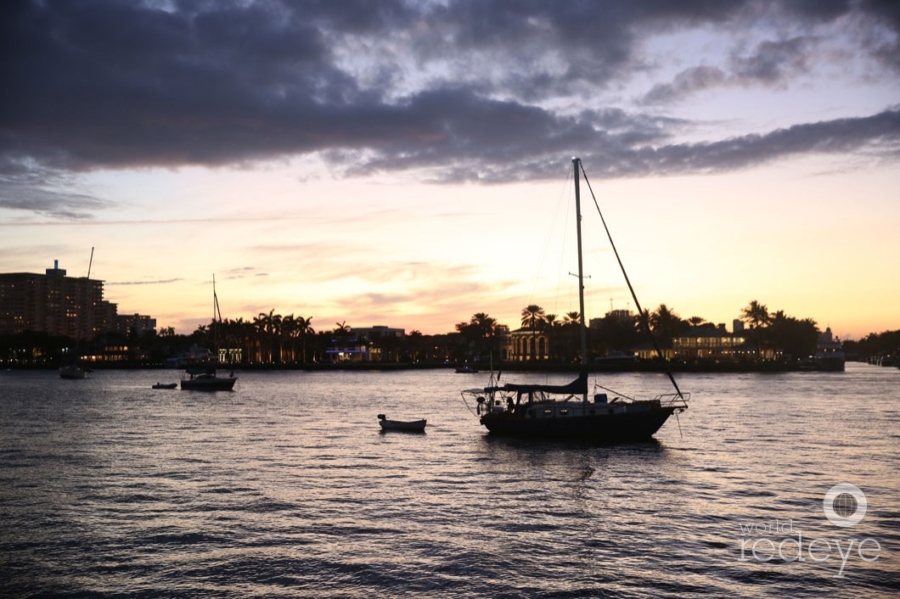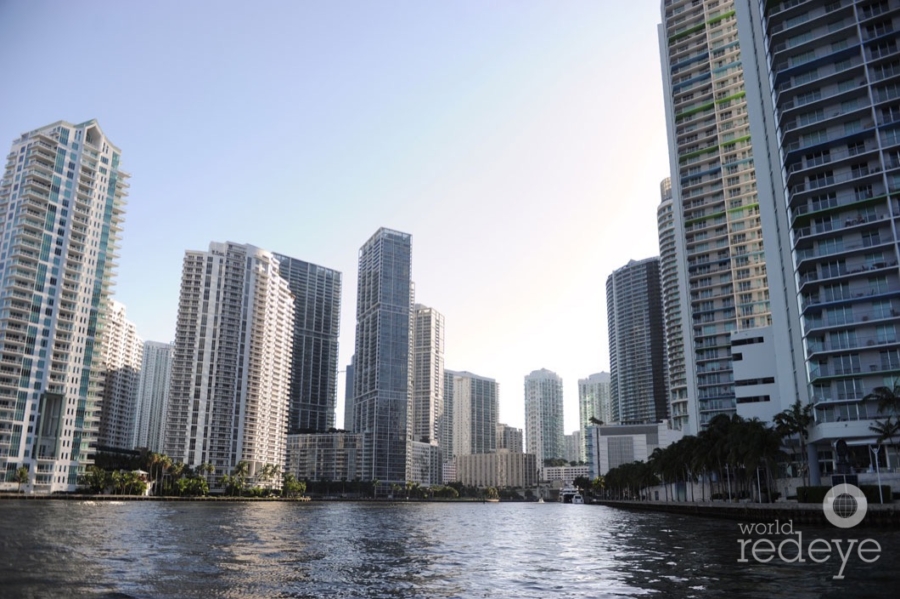0-458-210-458-220-458-624820-458-110-458-469350-458-198
- Celebrity
- Nightlife
- Editorials
- See all Editorials
 Q&A: CARBONE VINO Brings Italian Glamour to Coconut Grove
Q&A: CARBONE VINO Brings Italian Glamour to Coconut Grove Exploring a Bold Fusion of Flavor & Style at Gordon Ramsay’s Lucky Cat Miami
Exploring a Bold Fusion of Flavor & Style at Gordon Ramsay’s Lucky Cat Miami Q&A: MIMI Chinese: With Love, From Toronto to Miami
Q&A: MIMI Chinese: With Love, From Toronto to Miami Q&A: Alix Earle Gives Back This Holiday Season with “Meals in Heels”
Q&A: Alix Earle Gives Back This Holiday Season with “Meals in Heels” Bringing Coastal Mexican Elegance to Wynwood with Casa Madera
Bringing Coastal Mexican Elegance to Wynwood with Casa Madera
- News
- See all News
 WRE News: Record-Breaking $1.19M Retail Sale at The Rider Residences Marks Wynwood’s Next Evolution
WRE News: Record-Breaking $1.19M Retail Sale at The Rider Residences Marks Wynwood’s Next Evolution WRE News: Ogawa Named America’s Top-Rated Fine-Dining Restaurant
WRE News: Ogawa Named America’s Top-Rated Fine-Dining Restaurant WRE News: Roman Jones Buys Historic Church for 2.5 Million
WRE News: Roman Jones Buys Historic Church for 2.5 Million WRE News: Miami Art Week: How $547 Million in Culture & Creativity Inspires a Global Audience
WRE News: Miami Art Week: How $547 Million in Culture & Creativity Inspires a Global Audience WRE News: Miami Beach Eyes Padel Court to Replace Parking Lot on Lincoln Road
WRE News: Miami Beach Eyes Padel Court to Replace Parking Lot on Lincoln Road
- Food
- Fashion
- See all Fashion
 Evens Saint Clair Luxury Art Handbags Make Miami Art Week Debut
Evens Saint Clair Luxury Art Handbags Make Miami Art Week Debut Alice & Olivia CEO & Creative Director Stacey Bendet at Neiman Marcus Coral Gables
Alice & Olivia CEO & Creative Director Stacey Bendet at Neiman Marcus Coral Gables Mila MM’s Balmain Takeover
Mila MM’s Balmain Takeover Cocktail Reception for Bvlgari’s 140th Anniversary Showcasing “Eternally Reborn”
Cocktail Reception for Bvlgari’s 140th Anniversary Showcasing “Eternally Reborn” Isa Grutman Pop-Up at Fontainebleau Las Vegas
Isa Grutman Pop-Up at Fontainebleau Las Vegas
0-458-47703221523-458-1265090221523-458-1262096221523-458-1262094221523-458-1262092221523-458-1262090
0-458-38
- See all Video
 WRE Films: Saladino Design Studios Brings Exquisite Concepts to Japón
WRE Films: Saladino Design Studios Brings Exquisite Concepts to Japón WRE Films: Styled by MDD Takeover with CAMILLA & Danielle Merollo
WRE Films: Styled by MDD Takeover with CAMILLA & Danielle Merollo WRE Films: Milanese alla Napoletana at Piegari
WRE Films: Milanese alla Napoletana at Piegari WRE Films: Jamie Jones at Palm Tree Club
WRE Films: Jamie Jones at Palm Tree Club WRE Films: BLOND:ISH at Palm Tree Club
WRE Films: BLOND:ISH at Palm Tree Club WRE Films: Natasha Diggs at Dante’s HiFi
WRE Films: Natasha Diggs at Dante’s HiFi

























